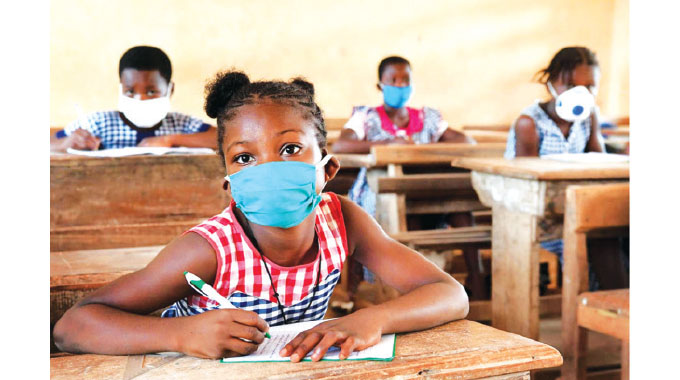Re-imagining education

“It is better to study from school as I can listen to the teacher and ask the teacher if I do not understand something. Now it is difficult for me to understand some of my school topics. If only I had access to technology, I could ask my teacher directly. In my house, only my dad has a mobile phone that I can borrow from time-to-time.” —Angel, age 13, Indonesia
Around the world, countries are making efforts to ensure continuity of learning through alternative delivery modalities, including online and other distance learning approaches.
For the most marginalised, online learning is compounding existing inequalities: an estimated 826 million students do not have a computer at home and an estimated 706 million lack internet access.
Many of these students without internet access are girls living in the least developed countries, where digital gender gaps are growing fast to girls’ and women’s disadvantage.
Even in contexts with adequate infrastructure and connectivity, girls are less likely to have access to digital devices than boys and many educators lack the ICT skills needed to facilitate quality distance learning.
In addition, distance learning strategies often don’t consider children with disabilities and the specific language needs of minority groups.
A combination of television and radio programming, and the distribution of print materials, has been used in low-income contexts as a more accessible and inclusive strategy to reach learners.
However, few countries are monitoring the effective reach and use of these distance learning modalities, and the short- and long-term learning loss is expected to be great.
As schools prepare to reopen, governments should motivate learners and their families for a full return to school, assess potential learning loss during school closures and adapt curricula appropriately, and ensure quality teaching and learning opportunities that are gender-responsive and respond to girls’ needs. — UNESCO/UNICEF.










Comments